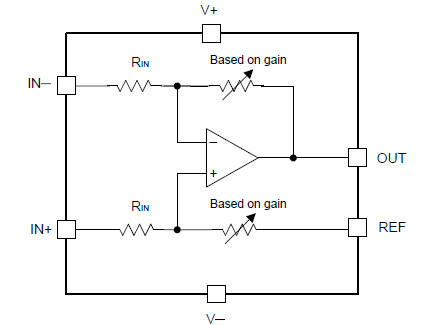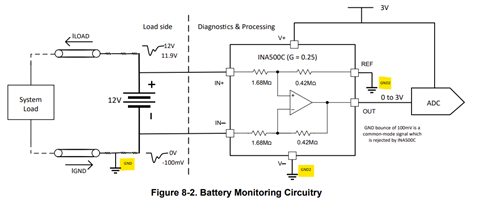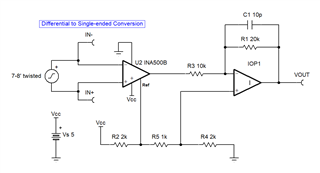Tool/software:
Hello E2E Community,
We are evaluating the use INA500 to interface with two types of sensor inputs:
- Single ended 0-3.3V analog voltage input from temperature sensor
- Single ended 0-5V digital square wave ~120Hz input from hall effect sensor
The square wave shall be fed to the timer input on MCU with digital filters for accommodating the waveform distortion if & as encountered in this configuration.
Kindly guide will we be able to use the same pin inputs for 120Hz digital square wave input as well, we are trying to check if we can combine the functionality of both these sensor inputs into same pin-out on our board.
Kindly guide.




